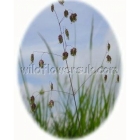 | ||
Quaking grass -briza media – is arguably one of the most beautiful of all our native grasses and definitely not one to be mown when in flower! This grass looks delightful quivering in the warmthof a summer breeze. Although Quaking grass is often found on dry light soils, it is quite adaptable and can be grown on other soil types such as clay and also in sun or shade. Quaking grass is a low growing species with reddish flowers that appear from June to August. It looks best growing with other chalk and limestone plants that flower in early to mid summer such as Oxeye daisies, Harebells, Birdsfoot trefoil, Salad Burnet, and Small Scabious. Quaking grass has some wonderful alternative names such as Shivery shaky grass, Totter Grass, Dothery Dock, Wigwams, Wiggle waggle, Joey jingles, Shivery shakes, Wibbly wobbly, Doddering dillies, Wagwonts and Toddling Grass How to grow Quaking grass Seeds Quaking grass seeds should be sown in spring or autumn, either outside, where they are to flower, or in seed trays and covered lightly with compost. Quaking grass seeds are usually easy to germinate and the seedlings, which are quick to develop, can be pricked out and grown on, for planting out later in the year. To buy Quaking grass seeds To purchase Quaking grass seeds, please select a quantity above and click add to cart. To ensure the best chance of success, we sell all of our wildflower seeds by weight, which ensures each wildflower seed packet contains a good quantity of seeds. The recommended sowing rate is 1 gram per square metre, and the number of Quaking grass seeds per gram is approx. 2500. All of our Wildflower seed packets contain seeds of Native British provenance. Summary type - perennial, colour - Red, height - 25 to 75cms, flowering months - June, July, August, habitat - Chalk and Limestone Grassland, | ||
Printed 12/07/2025 09:54:27
ig_11 one of our most beautiful wild grasses found in a variety of habitats but typical of lime or chalk rich soils
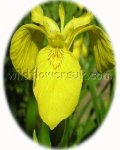
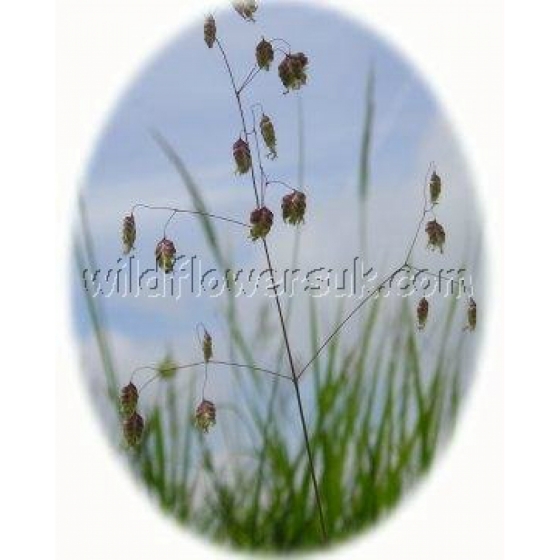
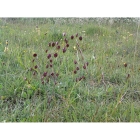
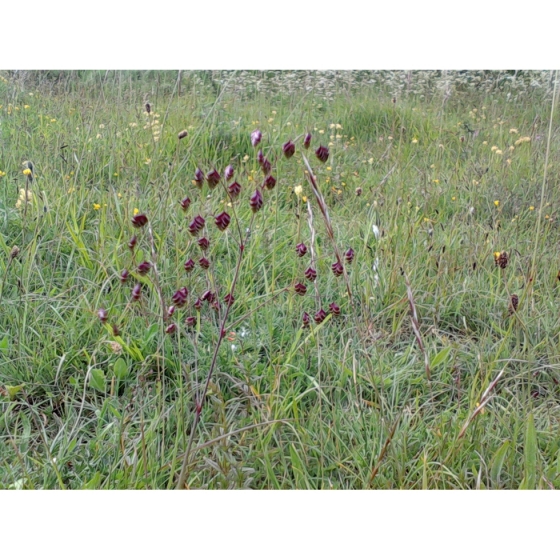


 added to basket
added to basket